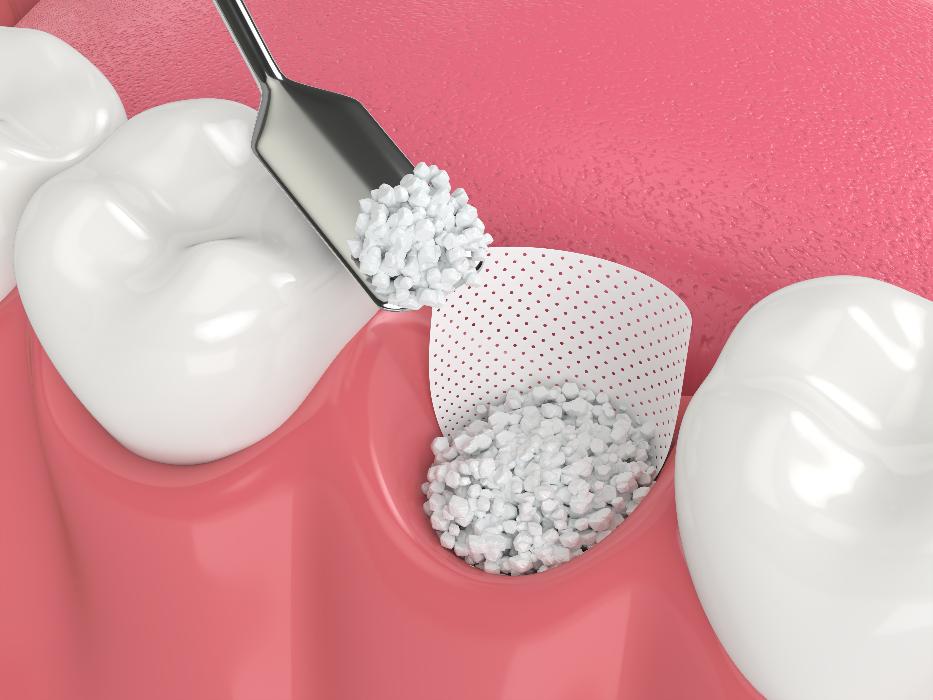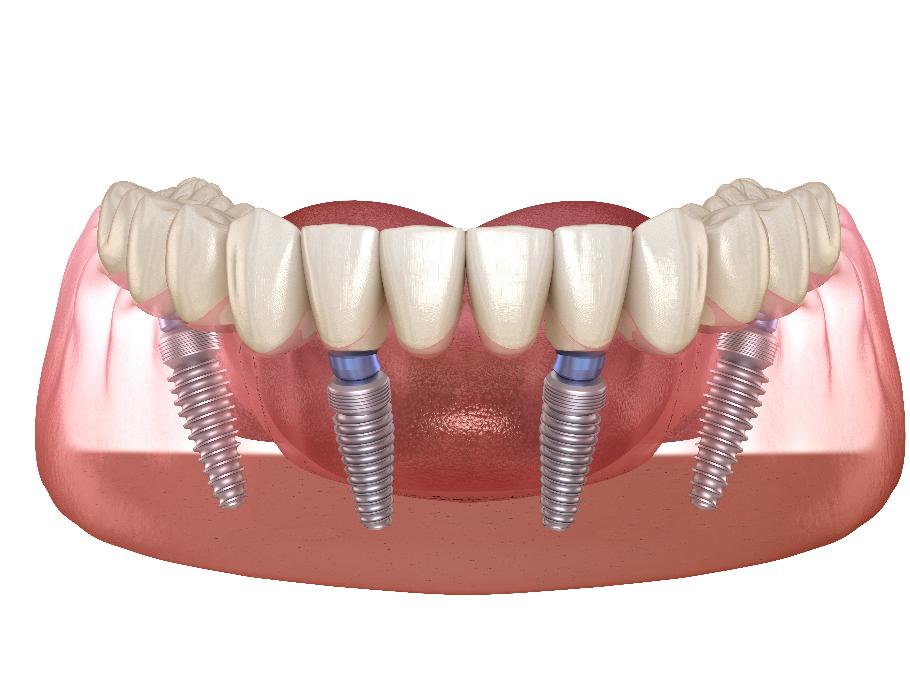To start, your dentist will examine the affected area to assess the condition of your teeth and gums. If there are problems like periodontal disease, this will be fixed before the graft can begin. We use a digital x-ray to see the depth and width of the bone - sometimes a CAT scan may be performed to see the bone condition. If needed, the dentist may also explore further to see how much bone is needed.
After your examination, your dentist will decide what the best type of graft for your condition is. There are several types of bone grafts to choose from, and those are:
- Autogenous Bone Graft – This graft uses bone from the patient’s body and is usually taken from the lower jaw or chin. Dentists prefer this way because they can predict the finished result more accurately.
- Allograft Bone Graft – A cadaver or synthetic bone is used.
- Xenograft – A bone from a cow is used in this type of graft.
A bone graft can take several months.
The bone will then fuse with the existing bone, which will cause adhesion and cell growth.
During surgery, the extraction and grafting site will be numbed. Next, a small incision will be made for the new bone. Sometimes a synthetic membrane will be used to cover the new bone. This will stop any bacteria from getting in and will encourage bone to grow.
After the procedure, the dentist will advise you on aftercare and will prescribe any medications needed.
Virtual Consults Available Now in Parramatta
Contact Painfree Dentistry to book your consultation for bone grafting at our Harris Park dental clinic near Parramatta.


 bone volume in your jaw to support a planned dental procedure. At Painfree Dentistry, we commonly recommend bone grafting in the following situations:
bone volume in your jaw to support a planned dental procedure. At Painfree Dentistry, we commonly recommend bone grafting in the following situations:

